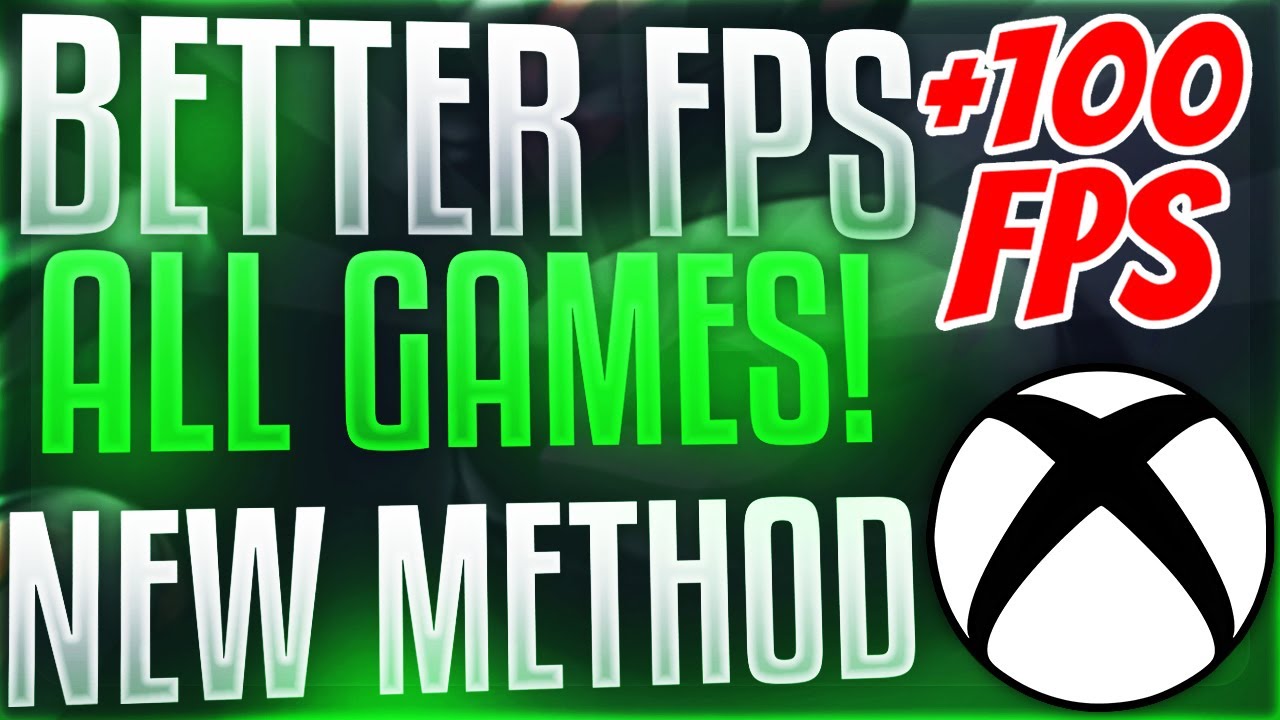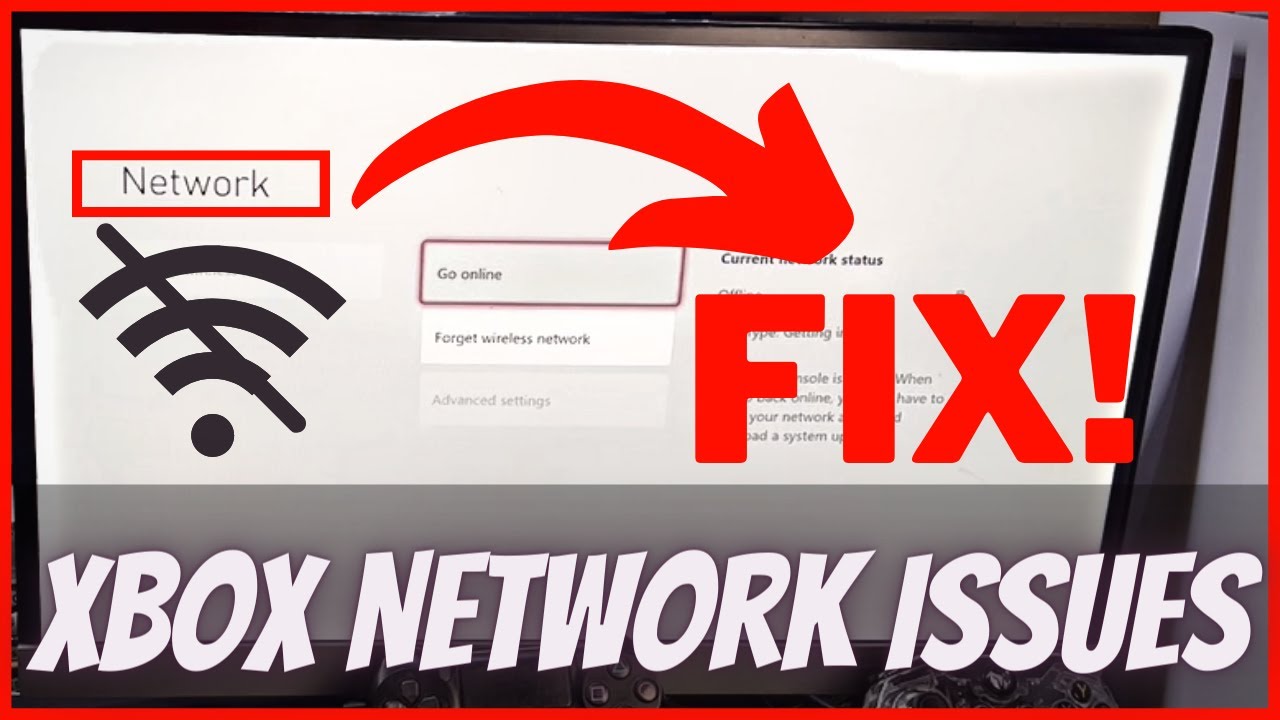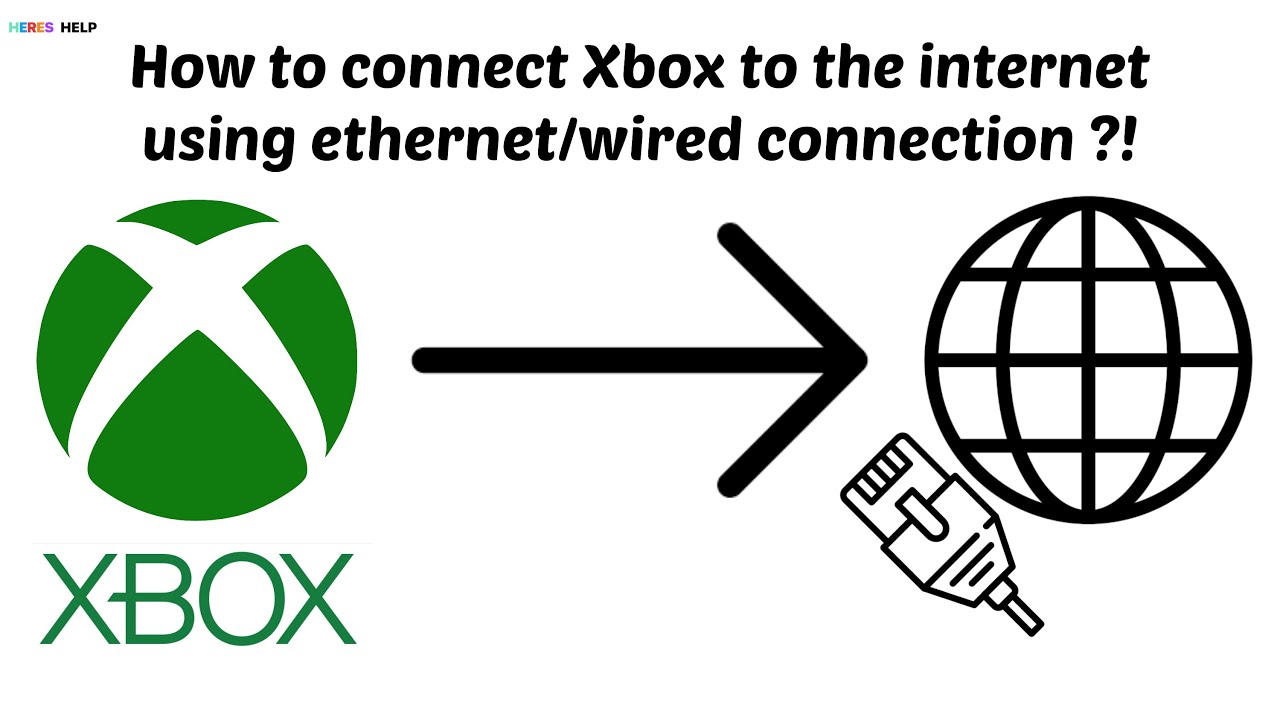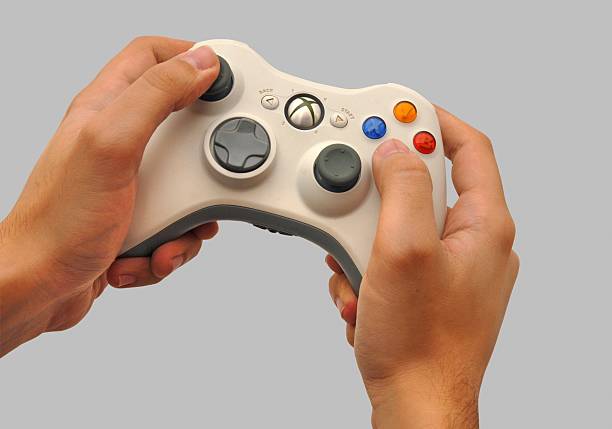Are you tired of experiencing lag and connectivity issues with your Xbox One? Gamingshould be an immersive and seamless experience, but when lag strikes, it can disrupt the fun. Don't worry!
Let's delve into the reasons behind Xbox One lagging or not connecting and provide effective solutions to fix these issues. Whether it's optimizing your network settings, clearing the cache, or troubleshooting hardware components, we've got you covered. Get ready to learn how to fix lagging Xbox Oneand elevate your gaming experience to new heights!
Why Is My Xbox One Lagging Or Not Connecting?
There are many reasons why your Xbox may be slow or experiencing connection problems. Here are some of the most common ones:
Service Provider Problems
Sometimes, lag and connectivity issues can be attributed to problems with your internet service provider. Contact your ISP to ensure there are no ongoing issues with your connection.
Distance Or Obstacles Between Router And Xbox
Physical obstructions or long distances between your router and Xbox can weaken the Wi-Fi signal, leading to lag. Ensure that there are no significant obstacles and try to position your Xbox closer to the router.
Malfunctioning Ethernet Cable
If you're using a wired connection, a faulty or damaged Ethernet cable can cause lag. Try using a different cable to see if the issue persists.
Problems With Modem Or Router
Issues with your modem or router settings can affect your Xbox's connectivity and performance. Restarting these devices or contacting your ISP for troubleshooting can help resolve the problem.
Uncleared Cache
Accumulated temporary data, such as browsing history and logo images, can cause lag on your Xbox One. Clearing the cache can help improve performance. Follow these steps to clear the cache:
- On your Xbox One console, press and hold the power button to turn it off.
- Unplug the power cord from the back of your console. Then press and hold the power button on your console several times while unplugged.
- Wait a minute, then plug the power cord back in. Wait another minute before turning your device back on.
Open Background Apps
Running multiple apps in the background can consume system resources and cause lag. Close any unnecessary apps to free up system memory and processing power.
A Full Hard Drive
If your Xbox One's hard drive is almost full, it can impact performance. Free up storage space by deleting unused games or transferring them to an external hard drive.
How To Fix Lag On Your Xbox One
If you're experiencing lag on your Xbox One, try the following steps to address the issue:

[2020] How to Fix ALL Lag on Xbox One: BOOST FPS & Internet Speed
Turn Your Equipment Off And On
Restarting your modem, router, and Xbox can refresh the connection and potentially resolve lag issues. Follow these steps:
- Unplug each device (modem, router, Xbox) from the power source.
- Wait for about 30 seconds.
- Plug them back in, starting with the modem and router, and then the Xbox.
- During the restart, disconnect and reconnect the coax cable (thick cord) that screws into the back of your modem after 10 seconds.
Remove Obstacles And Reduce Distance
Ensure that there are no physical obstacles between your Xbox and router, such as laptops, metal shelves, or cell phones. Creating a clear, short path between your console and router can minimize signal interference and improve connectivity.
Test Your Wi-Fi Connection
Once you're back online, follow these steps to test your Wi-Fi connection:
- On your Xbox home screen, navigate to Profile & System> Settings > General > Network settings.
- Select "Test network connection."
- Check the results, including download speed, upload speed, packet loss, and ping speed.
- Compare the numbers with the recommended minimum speeds for online gaming, SD streaming, and HD streaming. If your connection doesn't meet these requirements, proceed to the next sections for further troubleshooting.
Clear Your Cache
Clearing the cache can help resolve lag caused by temporary data. Follow these steps:
- Press and hold the power button on your Xbox One console to turn it off.
- Unplug the power cord from the back of your console. Then press and hold the power button on your console several times while it's unplugged.
- Wait for about a minute, then plug the power cord back in.
- Wait another minute before turning your device back on.
Close Background Apps
To improve system performance, close any unnecessary background apps using the following steps:
- Press the Xbox button on your controller to open the guide.
- Navigate to the apps you wish to close.
- Press the Menu button on your controller, then select "Quit."
Free Up Storage On Your Hard Drive
If lag persists, freeing up storage space on your hard drive can help. Follow these steps:
- Press the Xbox button on your controller to open the guide.
- Select Profile & system > Settings > System > Storage.
- Navigate to the Manage storage devices screen.
- Select "Clear local saved games" to delete games saved to your hard drive (note: saved games will still be preserved in the cloud).
- Alternatively, consider offloading games to an external hard drive following the instructions provided by Xbox.
Hardwire Your Xbox Console
For the most stable and secure connection, consider using an Ethernet cable to hardwire your Xbox to the internet router. This can provide faster speeds and reduce lag time.
By following these steps, you can troubleshoot and address lag and connectivity issues with your Xbox One console, improving your gaming experience and ensuring smoother gameplay.
What To Do If Your Xbox One Won't Connect To Wi-Fi At All

How to Fix XBOX Not Connecting to WiFi - Fix Internet and Network Issues on Xbox
If your Xbox One is unable to connect to Wi-Fi, try the following steps:
Check Other Devices And Contact ISP
Ensure that other devices in your home can connect to the same network you're attempting to connect your Xbox to. If they can't, contact your internet service provider (ISP) to troubleshoot your modem and router.
Perform Network Test On Xbox Series X
If you're experiencing connectivity issues specifically on an Xbox Series X console, you can run a network test to gather information about your current connection. Follow these steps:
- Press the Xbox button on top of the controller.
- Select "Profile & system" from the menu.
- Choose "Settings" and navigate to "General."
- Select "Network settings" and then "Test network connection."
- Review the results, including network speed and other connection properties.
- If the results are not satisfactory, you can try repositioning your console closer to the router, removing potential interferences such as walls, or implementing other troubleshooting steps.
Power Cycle The Xbox Series X
Restarting your Xbox Series X can help refresh its software and potentially resolve any issues causing connectivity problems. Follow these steps:
- Press the Xbox button on your controller.
- Select "Profile & system" from the menu.
- Choose "Settings" and navigate to "General."
- Select "Power mode & startup."
- Choose "Full shutdown."
- Wait for a few seconds before turning on the Xbox again.
- Check if the connectivity issue still persists after the restart.
Try Connecting To The 5 GHz Band
If your router supports it, connecting your Xbox to the 5 GHz band instead of the 2.4 GHz band can provide faster speeds and potentially reduce connectivity issues. Disconnect from the 2.4 GHz band and connect to the 5 GHz band to test if the issue improves.
Change DNS Settings
Sometimes, using a different DNS (Domain NameSystem) can improve your internet connection and reduce lag. Follow these steps to change your DNS settings:
- Press the Xbox button on your controller.
- Select "Profile & system" from the menu.
- Choose "Settings" and navigate to "General."
- Select "Network settings" and then "Advanced settings."
- Select "DNS settings" and choose "Manual."
- Enter the preferred DNS addresses, such as 1.1.1.1 for the primary and 1.0.0.1 for the secondary (you can also try other popular DNS providers like Cloudflare, OpenDNS, or Google DNS).
- Save the settings and check if the connectivity improves.
Ensure Your Xbox Has An Open NAT
NAT (Network Address Translation) settings can impact your Xbox's connectivity. Ideally, you want an open NAT to minimize lag. Follow these steps to check your NAT type:
- Press the Xbox button on your controller.
- Select "Profile & system" from the menu.
- Choose "Settings" and navigate to "General."
- Select "Network settings" and then "Test NAT type."
- If you have a strict NAT, you can follow Microsoft's troubleshooting guide for NAT errors to resolve the issue.
Use An Ethernet Connection
If all else fails, using a wired Ethernet connection instead of Wi-Fi can provide a more stable and reliable connection, reducing connectivity issues and improving performance. Connect one end of an Ethernet cable to the back of your Xbox Series X and the other end to an available Ethernet port on your router.

How to connect your XBOX to the internet using ETHERNET/ WIRED connection !! (XBOX ONE X/S)
By following these steps, you can troubleshoot and address Wi-Fi connectivity issues with your Xbox One console, ensuring that you can connect and enjoy online gaming seamlessly.
People Also Ask
Why Is My Game Lagging But My Internet Is Fine?
There could be several factors contributing to this issue. You might be positioned too far away from your router, your service provider might be encountering temporary outages, or your internet speed might not meet the requirements for seamless gameplay. To ensure an optimal gaming experience, it's crucial to have a stronger Wi-Fi signal and sufficient internet speed to avoid any frustrating delays.
How Can I Improve My Xbox One FPS?
To begin, you can modify your console's display settings to utilize a 120 Hz refresh rate. Follow these instructions:
- Press the Xbox button to open the guide.
- Select Profile & System> Settings > General > TV & display options.
- Choose Refresh rate and select 120 Hz.
If the option for 120 Hz is not available, you can select 4K TV details under Setup to obtain more information.
By adjusting your display settings to a higher refresh rate, you can potentially improve the FPS on your Xbox One, resulting in smoother and more responsive gameplay.
What Is The Max FPS On Xbox One?
Thanks to the Xbox FPS Boost feature, even older Xbox games can now achieve higher framerates on the Xbox Series X and Xbox Series S, reaching up to 120 FPS! This exciting development means that an increasing number of Xbox Series X|S games can take full advantage of the enhanced performance, allowing players to enjoy their favorite titles from the previous console generation at smoother framerates.
Conclusion
In conclusion, having problems and learning how tofix lagging Xbox One can be frustrating, but definitely not insurmountable. By understanding the common causes, such as service provider issues, distance limitations, cache congestion, and more, you are equipped with the knowledge to address these problems head-on.
We have explored various troubleshooting steps, including optimizing network settings, clearing the cache, and ensuring hardware functionality, all aimed at fixing lagging Xbox One. So, go ahead and apply these solutions to enjoy seamless gaming sessions without any annoying interruptions.
Get back in the game, conquer your challenges, and unleash your gaming prowess with a lag-free Xbox One experience!
